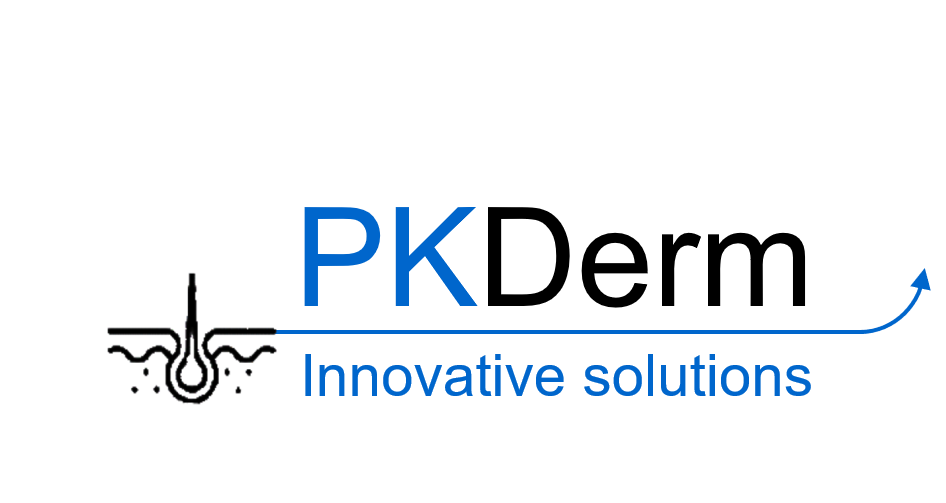OpenTox Conference Virtual Conference 2020 Session 15. New algorithms and methods
3D-SDAR – a new, grid-based, alignment independent, three-dimensional modeling approach. An overview and future perspectives
The “New algorithms and methods” session is focused on the development of new modeling paradigms, data processing and validation techniques as well as new ways to describe the molecular structure.
The foundations of the modern Quantitative Structure-Activity Relationship (QSAR) approach were laid by Hansch (1918-2011) in the early 1960s. Since then, a plethora of now considered classical methods, such as Free-Wilson analysis, CoMFA, CoMSIA, 4D- and 5D-QSAR have been developed, with many new concepts introduced each year. Even more staggering is the rate of introduction of novel molecular descriptors currently approaching ~10 000 – a trend often considered a “blessing or a curse”. These advances are often fueled by developments in related fields such as statistics, computational chemistry, systems biology, etc.
One such new modeling paradigm developed at the NCTR is the so-called three-dimensional spectral data - activity relationship (or 3D-SDAR) approach. 3D-SDAR is a grid-based approach, which is based on 3d-molecular fingerprints constructed from the NMR chemical shifts of pairs of atoms (determining the X and Y coordinates of the individual fingerprint elements) and their corresponding through-space atom-to-atom distances (determining the Z-coordinate). These fingerprints are further tessellated by regular grids, thus generating voxel occupancy matrices with thousands of columns, later processed by bagging-like Partial Least Squares (PLS) or k-Nearest Neighbors (KNN) algorithms, which split repeatedly the modeling set into fully randomized training and hold-out subsets. On each randomization cycle a “blind” prediction set is evaluated. The structural interpretation of these models is based on 3D-SDAR maps and projections on the normal coordinate space of the most frequently occurring voxels.
Identification of structural features affecting binding to mu, kappa and delta opioid receptors.
Presenting author: Svetoslav Slavov
Conclusions are those of the authors and do not necessarily reflect those of the US FDA.
Addiction is a complex behavioral phenomenon in which naturally occurring or synthetic chemicals modulate the response of the reward system through their binding to a variety of neuroreceptors, resulting in compulsive substance-seeking and use despite harmful consequences to the individual (Can. Med. Assoc. J. 164.6, 2001, 817). Among these, the opioid receptor family (and more specifically the mu-opioid receptor) plays a critical role in the addiction to powerful prescription and illicit drugs. Since more than a hundred new synthetic psychoactive drugs enter the illegall market each year and most of them lack even basic toxicological profiles, molecular modeling approaches that could quickly and reliably fill in the gaps in our knowledge are highly desirable. A three-dimensional, grid-based and alignment independent technique utilizing fingerprints constructed from NMR chemical shifts and interatomic distances (named 3D-SDAR) was used for model building, validation and identification of the structural features affecting binding to mu, kappa and delta opioid receptors (abbreviated as MOR, KOR and DOR).
A Ki cut-off of 100nM resulted in almost perfectly balanced initial sets of 3594, 2942 and 2420 MOR, KOR and DOR binders. To avoid bias and generate “blind” prediction sets representative of the modeling sets, all chemicals from the initial sets were arranged in an ascending order of their molecular weight and every 3rd compound from these three sorted lists was moved out to form each of the prediction subsets. The remaining 2/3 of the chemicals constituted the modeling subsets which were then split repeatedly into training and hold-out test set pairs used for model building and internal validation. After 100 randomizations the aggregated predicted values for the training, hold-out and prediction subsets were averaged individually for each compound and each subset and a cut-off value of 0.5 was used to classify the chemicals as either binders (>0.5) or non-binders (≤0.5). The accuracy, sensitivity and specificity for the “blind” prediction subsets consistently exceeded 0.8 and were significantly higher after the removal of the inconclusive predictions near the cut-off. The AUC values for all prediction subsets exceeded 0.88.
3D-SDAR mapping identified the morphinan and benzomorphan backbones as universal and non-selective components of OR binders, whereas specific functional groups such as 3,4-dimethyl-4-(3-hydroxyphenyl)piperidine, 3-pyrrolidinol and benzamide were found to result in substances that are selective to MOR, KOR and DOR, respectively. Furthermore, a cyclopropylmethyl moiety linked to the basic nitrogen atom of both morphinan and benzomorphan derivatives was found to enhance the affinity towards all OR subtypes.


